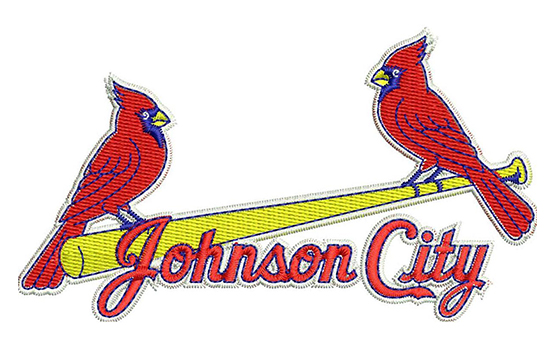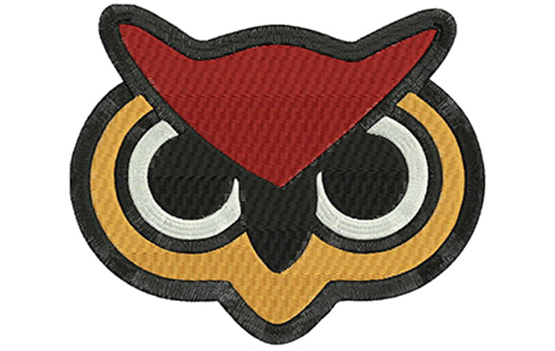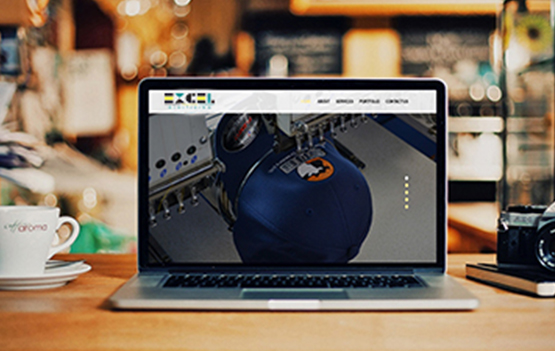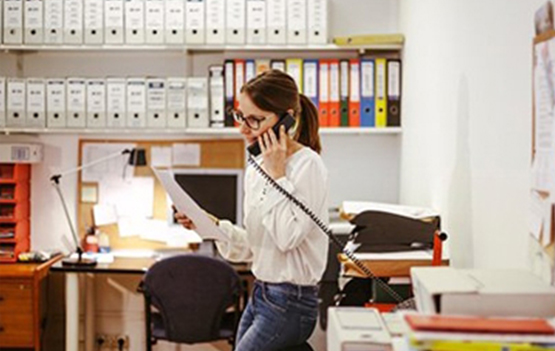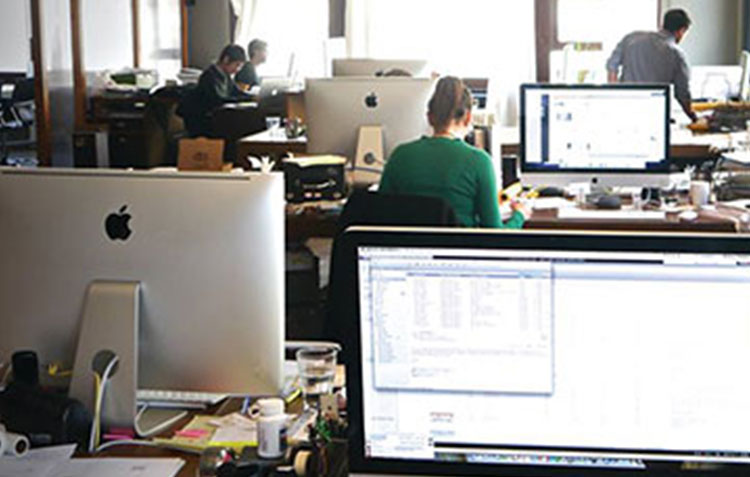How to Digitise a Realistic Animal Design?
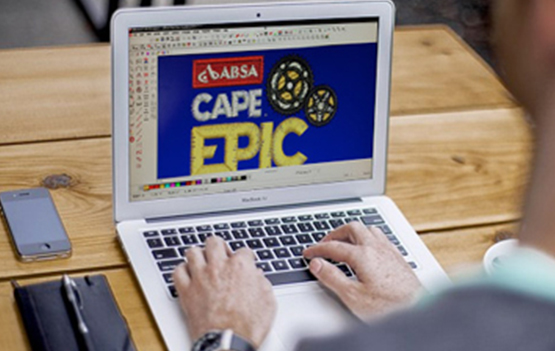
How to Digitise a Realistic Animal Design?
The most important and creative task of digitising embroidery is to create a realistic animal design. The design necessities to have the feel, life, illusion of movement and emotions just like a good painting of an animal
How to Start Digitising Machine Embroidery Images of Animals:
Embroidery digitisation is based on the sharpness and quality of the image. The image can be a picture or a photo. Now, this is an important decision that will create the right foundation for digitising a real animal. I suggest you use real photos. The photo should be in high resolution and the animal’s pose detail must be highlighted as well. We recommend that you first observe the image sharply and lock in the difficult areas of your mind.
Smaller designs are trickier to digitise. In a small design, you have to avoid the slightest detail due to congested space.
Hair direction and muscle structure:
The direction of hair and muscle structure can be tricky as well so study them carefully. Now, I will show you how to digitise perfectly the hair direction and muscle structure.
How to use colors and shades:
Digitising real animals will only look natural and active with more colors, but using different colors requires a high level of expertise and skill. Unless you have enough creativity and expertise, you should insist on using two basic colors: lighter and darker to achieve the desired result.
How to visualize an animal's photo for perfect embroidery output::
The animal will be in the foreground, so your goal should be to make the outlook more compelling.
Suture choice:
Choosing the right stitch type and accurate parameters are crucial to creating the ideal natural image of an animal's embroidery design. The digitiser should apply these key details for dramatic natural effects. Embroidery Digitizers when digitising real animals, the following basic instructions for the types of stitches and their parameters must be considered.
From Underlay:
Always start your design with underlay to provide stability for your design. The golden rule is to use optical density for smaller designs and to use denser needles for larger designs. The clear rule of thumb for digitising animals is to use a lighter substrate density than the usual back of the left chest, hat, and coat.
Fill needle or tatami needle:
Filling needles are also known as tatami needles that are used to cover large areas. Create fur effects for animals accordingly. Regulate the needle pitch hence to enhance muscle detail, nose, ears, lips, muzzle, cheeks, and even other small details.
Satin stitch:
Satin stitches are commonly used for small and large designs. Satin stitching is used to digitise smaller body parts such as teeth, pinna, eyes and subtle detail work. Always use satin stitches with light colored underlay. Otherwise, you end up in turmoil, making the design stiffer, damaging your threads or even machine needles.
Run stitches:
Run stitches, also known as bean stitches, are used to digitise subtle, small objects like beards. The safety stitch length should be kept between 3.5mm and 4mm for the ideal natural look. Hopefully, after reading this animal’s embroidery digitising article, you will be able to digitise realistic animal image into any fabrics, cap, and jacket or so on. For more detail please read out other articles as well.

